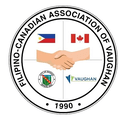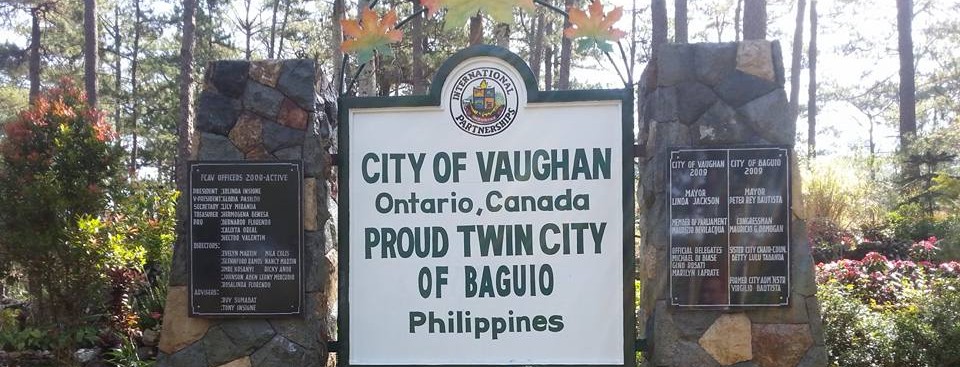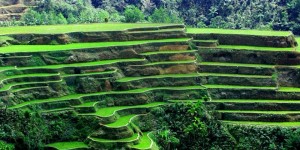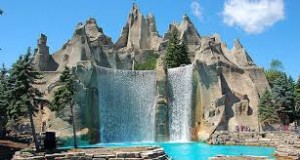Twin City
The name Baguio conjures, for both the international and domestic traveler, a highland retreat in the Grand Cordillera in Northern Luzon, with pine trees, crisp cold breezes and low verdant knolls and hillocks. Through the numerous decades Baguio has morphed from what was once a grassy marshland into one of the cleanest and greenest, most highly urbanized cities in the country. It has made its mark as a premiere tourist destination in the Northern part of the Philippines with its cool climate, foggy hills, panoramic views and lovely flowers. Being the ideal convergence zone of neighboring highland places, Baguio is the melting pot of different peoples and cultures and has boosted its ability to provide a center for education for its neighbors. Its rich culture and countless resources have lured numerous investments and business opportunities to the city.
Baguio City remains a prime tourist destination area in North Luzon because of its cool climate, fresh, green and peaceful environment unlike other tourist destinations in the Philippines. This makes it a favorite destination especially for those who would like to relax and stay away from the excessive heat of the lowlands and also a favorite venue of seminars and conferences.
Baguio is the midway to the wonders of Northern Luzon. The calm beaches of La Union; the fabled Hundred Islands of Pangasinan; the ancient churches, Spanish influenced houses, historical and cultural relics of Ilocos Sur and Ilocos Norte and is also the gateway to the Cordilleras where you could find the world famous Banaue Rice Terraces in Ifugao; the Kabayan mummy caves of Benguet; and the distinct culture and colorful traditions of the tribes of Benguet, Mountain Province, Ifugao, Kalinga, Apayao and Abra.
Attractions:
 Botanical Gardens
Botanical Gardens
It is also called the Igorot village, which used to feature native huts typical of Cordillera architecture. This village captures the ethnic spirit and cultural legacy of the Igorot dweller. The garden is also a site of cultural presentations and other tribal meetings.
 Burnham Park
Burnham Park
It is the oldest of all Baguio parks. One can unwind from the tension of the day-to-day bustle by biking, skating or simply reflecting on the day’s experiences amid a soothing backdrop of colorful flowers. It is wooded and is great place to have picnics and concerts. There are tennis and basketball courts, a football field, athletic oval and an orchidarium.
It is also called the Igorot village, which used to feature native huts typical of Cordillera architecture. This village captures the ethnic spirit and cultural legacy of the Igorot dweller. The garden is also a site of cultural presentations and other tribal meetings.
 Camp Johnhay
Camp Johnhay
It is still the extraordinary beautiful base, which the American forces turned over last July 1, 1991 to the Philippine government. It is now open to the public. Its excellent cottages, golf courses, bowling lanes, dining places and natural ambience are all preserved and maintained.
 Mines View
Mines View
Appropriately named for its breathtaking views of mountain ranges and Baguio’s “mineral bowl” where gold, silver and other ores were once quarried. There are now numerous souvenir shops around the park offering such items as woodcarvings, woven cloth, ashtrays, shell products and other curio items.
 Wright Park
Wright Park
It is sometimes mistakenly called “Ride Park” by some who identify this pine tree park reserve for its kiddy horse rides. A long stairway leads to the “Pool of the Pines”, a 100 meter long pool of water lined on both sides by the famous Baguio towering pine.
During this time of burgeoning growth, it is difficult to imagine the City of Vaughan as a pastoral rural-agrarian community. But it was not so long ago that this was exactly the case. The history of this area, marking its transition from agriculturally-oriented hinterland to industrial- commercial epicentre, is as rich as it is diverse. Click on the links below to learn more about your community!
A Brief History of Kleinburg
A Brief History of Maple
A Brief History of Thornhill
A Brief History of Woodbridge
Archaeology
Early Milling Communities in Vaughan
Establishment of Communities
First European Settlement
History of the City of Vaughan Flag and Corporate Seal
JEH MacDonald House
Municipal Government
Notable Vaughan Natives
Post WWII Settlement
Roads Tolls and Automobiles
Settlement Education Social and Political History
The Naming of Vaughan
Vellore School and Township Hall
3,615 total views, 1 views today



